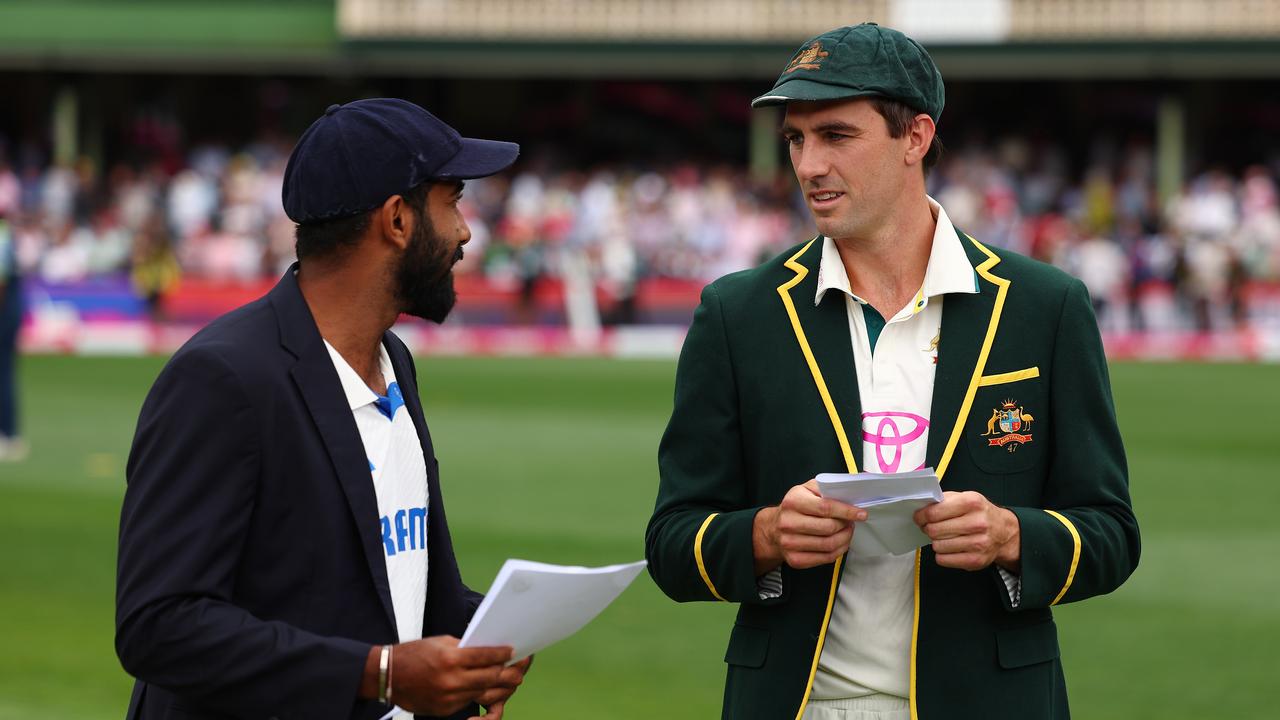


Cricket’s powerbrokers are reportedly considering the introduction of a two-tier structure for Test cricket to ensure Australia, England and India play each other more often.
Watch every BBL game LIVE and ad-break free during play on Kayo. New to Kayo? Get your first month for just $1. Limited time offer >
According to The Age, the International Cricket Council’s chair Jay Shah will meet with Cricket Australia chair Mike Baird and England Cricket Board chair Richard Thompson later this month to discuss the potential of splitting Test cricket into two divisions.
The two-tier structure, which if approved would be introduced following the current Future Tours Program in 2027, would allow the ‘big three’ of Australia, England and India to play each other twice every three years rather than twice every four years under the current format.
For Cricket Australia, home summers featuring the Ashes or Border-Gavaskar Trophy have proven the most profitable for the organisation courtesy of larger crowds and increased broadcast revenue.
THEORETICAL TWO-DIVISION TEST CRICKET STRUCTURE
Division 1: South Africa, Australia, England, India, New Zealand, Sri Lanka, Pakistan
Division 2: West Indies, Bangladesh, Ireland, Afghanistan, Zimbabwe
This season’s five Tests against India drew 837,879 spectators, making it the fourth most attended series in Australian history, which is particularly impressive considering two matches ended within three days while another was marred by rain.
A record 373,691 patrons attended the Boxing Day contest at the MCG, while this summer’s average of 41,894 people per day of Test cricket was comfortably the highest in Australian history.
While the two-tier structure would be beneficial for the ‘big three’ and other nations in the top flight, it could prove damaging for the likes of Bangladesh, Afghanistan, Ireland and Zimbabwe.
Last week, former Indian coach Ravi Shastri endorsed the prospect of splitting Test cricket into two divisions, arguing the biggest teams needed to play each other more often for the five-day format to survive.
“When the best teams play, the toughest and best format of the game is still alive and thriving,” Shastri penned for The Australian.
“It was also a sound reminder to the ICC that the best should play the best for Test cricket to survive.
“I will say that there’s too much of a clutter otherwise.
“This match further emphasises why we need a two-tier system with the top 6-8 teams and then include promotion and demotion. You will not get these kinds of crowds if you don’t have two proper teams playing.”
A proposal for a league featuring the top seven nations was on the ICC’s agenda in 2016, but the move was scrapped after the BCCI led a backlash.
While India stands to gain from playing more matches against teams such as England and Australia, the BCCI conceded the cost to smaller cricketing nations was too great.
“The BCCI is against the two-tier Test system because the smaller countries will lose out and the BCCI wants to take care of them,” then-BCCI president Anurag Thakur said at the time.
“It is necessary to protect their interests.
“In the two-tier system, they will lose out on a lot, including revenue and the opportunity to play against top teams. We don’t want that to happen. We want to work in the best interests of world cricket and that is why our team plays against all the countries.”
Last year, Shah was elected unopposed as the ICC’s new chair, starting his tenure in December.